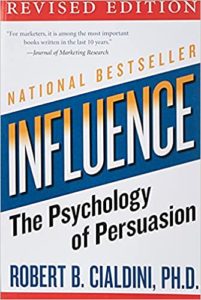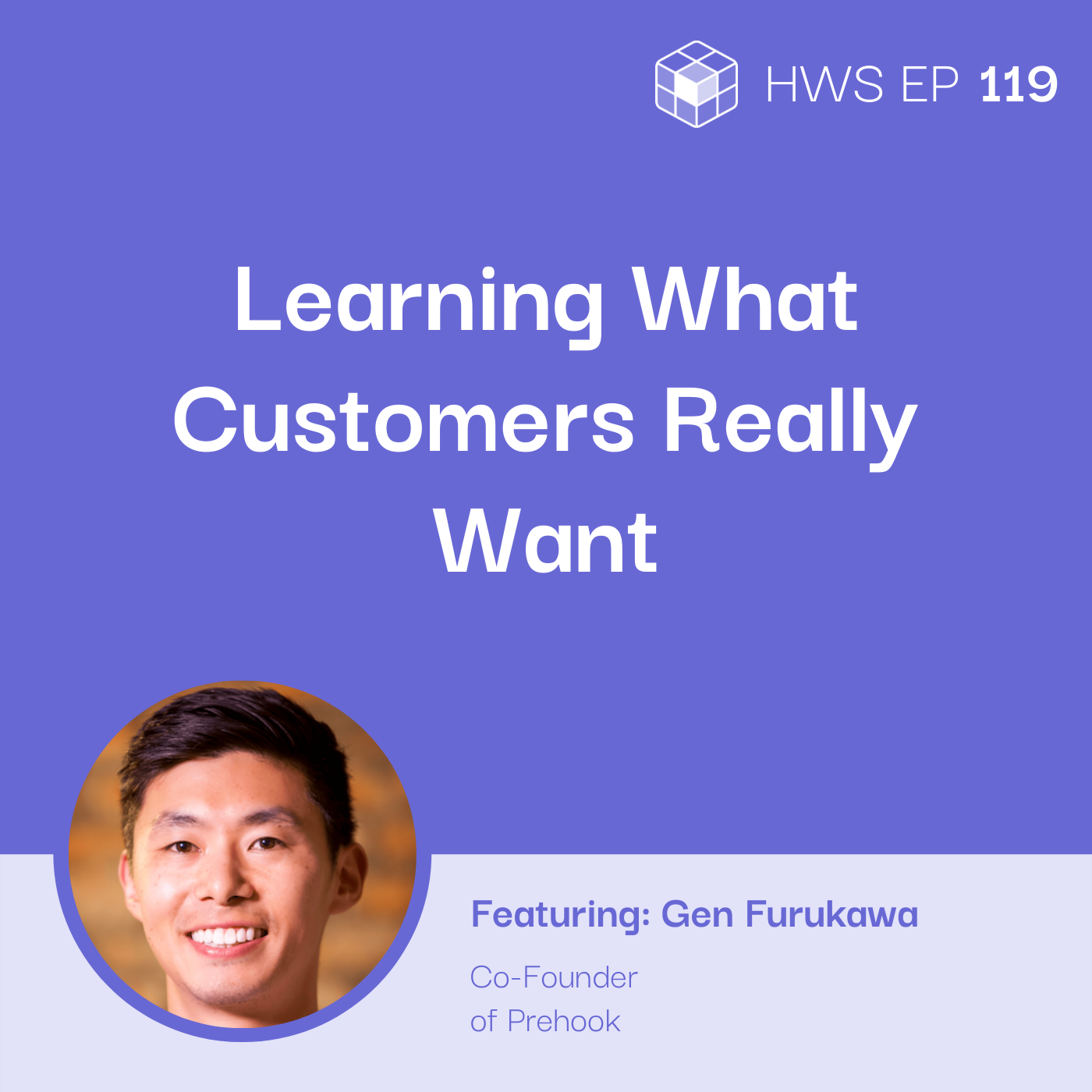Listen on:
Table of Contents:
Problem: How do you understand your customers’ problems so that you can position your product as a solution and drive conversion rate?
It’s easy to know what your customers want when you’re in a brick-and-mortar store. You ask them a few questions about their interests, likes, and preferences. Then you get an idea of what they are looking for. But how can you know what they’re interested in buying from your store when they’re shopping online? When all you can rely on is what they search for, it’s hard to really understand what they think. How do you understand your customers’ problems so that you can position your product as a solution and drive conversion rate?
So the problem is, how do you know what your customers want? This is something that from the brick and mortar experience if you’re shopping in person, it’s easy. You ask a few questions, you get an idea of what the customer wants. What their interests are, what their preference would be, and their challenges. The ideal end state is if you’re online, it is far harder. And specifically, if you’re on a Shopify store or your own hosted e-commerce store. It’s harder. Amazon is a little different because Amazon is driven by search terms.
Quizzes Help You Understand Your Customers Better
Gen discusses how quizzes can help you get insights from your customers. Quizzes enable you to connect with your customers on a personal level and understand their preferences, goals, and dreams. In a way, they are like qualitative research, giving you snippets of conversations while allowing you to quantify and scale it to reach more customers.
The quiz is great because you’re getting structured data. That means it’s very easy. Everybody is answering the same question based on the responses. So, it becomes very apparent when there’s a higher proportion of customers that are leading towards this or looking for that. So, we have some brands that are using it for customer research, like a food brand. For example, when they’re thinking of what the different products or flavors that they’re moving towards. And this was like a kids brand, they asked whether it was going to be a fruity, chocolatey, nutty, all these different things.
Tip # 1: Look at the problems you want to solve or questions you want to answer
Consider the data you need to better understand your customers. Create questions to help you identify the needs of your customers. By segmenting your customers better, you can effectively promote your products.
So, once you know where they are, and you know where they want to be, then it’s far easier for you to bridge the gap and position your product appropriately. To bring it back to your question of where to start, I think it’s understanding what data you need to position your product the best. And then figure out how that kind translates into questions that you can ask your customers.
Tip #2: Get granular and personal when designing your quizzes
You can make quizzes more engaging to get your customers to share more information. Use questions that are tailored to their experiences. You can do this by planning and mapping out the questions that reflect the work they’re doing or what they’re currently interested in. As an example, if a customer has come from, or moved to, a certain area, you can ask them questions that can help you understand what they value about it.
You want to make the quiz as engaging and personalized as possible, tailored to your needs. And so, what that translates to in the actual quiz is that goes down a different path. Then you’re getting into what the conditional logic is, which is basically like if GQ is in Portugal, we can ask more questions about Portugal. If Den is in America, then we can ask more questions about that. So, what that ultimately means is that you’re able to get very specific as opposed to generic questions that everybody gets.
Tip # 3: Find the Hook That Will Capture Their Attention
It is one thing to create quizzes and questions, but quite another to get people to answer them. Be sure your quizzes get people to stop scrolling. The title of the quiz should emphasize the value they will receive if they complete it. The most important thing is to make it engaging and worthwhile for them, so they will share their data willingly. This data is what we call zero-party data.
Why would somebody want to take it? Like, what is a hook in order to have them stop filming through a paid ad or to actually click on that button while on your site? So, understanding what the value that you would be offering to the customer in exchange for the value that they’re delivering to you. That value that they’re delivering to you is zero-party data. Zero-party data is data that is shared willingly and proactively from a customer to the merchant.
Tip # 4: Understand Your Customers’ Deepest Fears
Using a quiz, we can better understand their most intrinsic fears. In many cases, these fears motivate what they do in life, including their purchases. Understanding these fears will help you establish yourself as an authority or expert on these topics.
Ultimately, it’s digging down deep into what are the intrinsic core fears, losses, points of curiosity that you can poke. To have them click through and then learn more because ultimately, I think quizzes can be great in establishing authority and expertise. Robert Cialdini, for example, he has six core pillars in his book Influence. Those two, expertise and authority, are key factors to establishing influence. You can do that in a quiz, where you’re asking those questions. So, that’s a really important step, to establish the authority. Then, you can, ultimately, influence the customer towards doing the things that you are trying to do as a marketer, which is opt-in with an email list.
Tip # 5: Simplify the Experience and Rewards
Provide a seamless experience. The rewards should be integrated in a way that makes it easy for them to share their information. Instead of giving them a discount, reward them with a gift. Make the quiz interactive by integrating a buying mechanism. Recommend a product based on the quiz results.
But then in the quiz, you can attach the discount, and maybe you’re getting more opt-ins and more engagement there. I think if you look at what the engagement numbers are for, a quiz versus a general pop-up you’ll see that generally it would be far more engaging in terms of opt-ins. Standard site might get like a two to five percent opt-in. Klayvio has some great benchmarks on opt-in rates by niche and industry. Quiz completion rate, of course, it depends, but it might be like 60 to 80% of anybody who starts a quiz will complete it. And in completing it, you’re adding in a phone number or an SMS, or both. You get a product recommendation, at the end, add to cart. Then it becomes a very simple checkout process,
Gen Furukawa Recommends Reading and Accessing These Books and Resources

Influence: The Psychology of Persuasion, Revised Edition
In this highly acclaimed New York Times bestseller, Dr. Robert B. Cialdini—the seminal expert in the field of influence and persuasion—explains the psychology of why people say yes and how to apply these principles ethically in business and everyday situations.
This interview is part of the How We Solve podcast. To hear more from industry experts who are solving everyday business problems, check us out on Spotify, Apple Podcasts, and on our website.
About the guest

Gen Furukawa
Gen Furukawa is the co-founder of www.prehook.com, an app that helps Shopify merchants create amazing shopping experiences through quizzes and product recommendations. The interactive quizzes give shoppers an engaging experience and help merchants create personalized recommendations as they generate more leads and a higher conversion rate. He brings in 10+ years in digital marketing, from bootstrapped SaaS to venture-backed SaaS and e-Commerce companies.
How people can people reach the guest:
Email: gen@prehook.com
Official Website: Prehook
LinkedIn: Gen Furukawa on LinkedIn
Twitter: @genfurukawa
Listen on:
